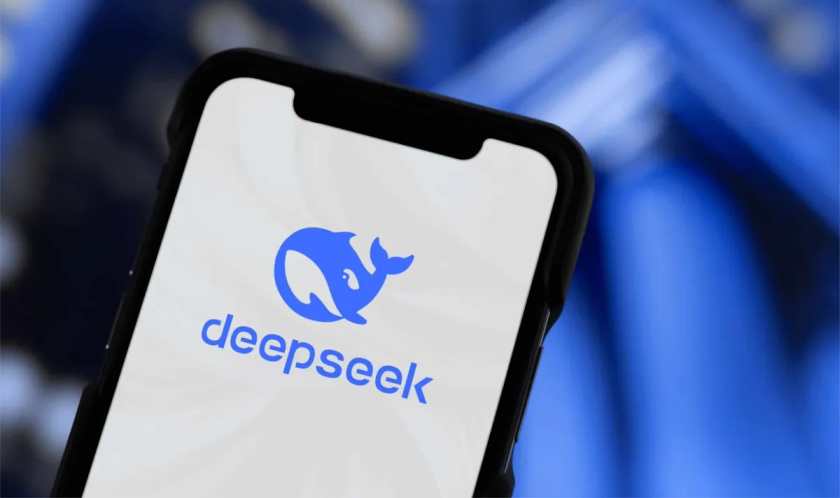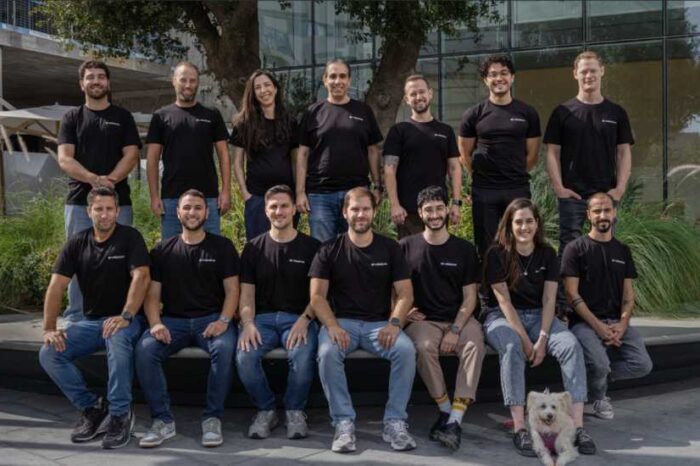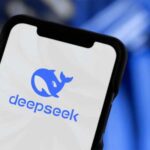DeepSeek releases recommended R1 deployment settings for best AI reasoning & performance

Following the global success of its V3 model, Chinese AI startup DeepSeek on Friday released recommended settings for deploying its DeepSeek-R1 model. The move signals the company’s growing presence in AI, as interest in reasoning capabilities intensifies. DeepSeek is emerging as a serious contender against industry leaders like OpenAI.
In a post on X, DeepSeek outlined the best configuration for users aiming to get the most out of its model:
- No system prompt
- Temperature: 0.6
- Official prompts for search & file upload: http://bit.ly/4hyH8np
- Guidelines to mitigate model bypass thinking: http://bit.ly/4gJrhkF
🎉 Excited to see everyone’s enthusiasm for deploying DeepSeek-R1! Here are our recommended settings for the best experience:
• No system prompt
• Temperature: 0.6
• Official prompts for search & file upload: https://t.co/TtjEvldTz5
• Guidelines to mitigate model bypass…— DeepSeek (@deepseek_ai) February 14, 2025
In a separate post on GitHub, DeepSeek expanded on these recommendations, highlighting an issue where the model sometimes bypasses its reasoning process by outputting “<think>\n\n</think>.”
“We have observed that the DeepSeek-R1 series models tend to bypass thinking pattern (i.e., outputting “\<think\>\n\n\</think\>”) when responding to certain queries, which can adversely affect the model’s performance,” DeepSeek said in a note on GitHub.
“To ensure that the model engages in thorough reasoning, we recommend enforcing the model to initiate its response with ‘<think>\n’ at the beginning of every output,” DeepSeek added.
DeepSeek-R1: Gaining Ground in AI Reasoning
DeepSeek confirmed that its official deployment runs the same model as its open-source version, meaning all users have access to the full DeepSeek-R1 experience.
DeepSeek became a global sensation in January when it briefly overtook ChatGPT on the App Store. The Chinese AI startup sent shockwaves through the tech sector after its V3 model outperformed Meta’s Llama 3.1, OpenAI’s GPT-4o, and Alibaba’s Qwen 2.5 on third-party benchmarks—delivering stronger results at a fraction of the cost.
Since its launch, DeepSeek-R1 has drawn attention for its efficiency, affordability, and reasoning capabilities. Some early adopters believe it matches or even surpasses OpenAI’s models in certain reasoning tasks. Testing by AI enthusiasts suggests that a temperature setting of 0.6 and avoiding system prompts deliver the best results.
What This Means for AI Deployment
DeepSeek’s rise has sparked discussions on how AI reasoning models will shape the broader industry, including:
- Cloud computing – More efficient AI could lower computational costs.
- Hardware advancements – AI models built for reasoning might push demand for specialized AI hardware.
- Open-source influence – DeepSeek-R1’s availability is expanding access to high-level AI development.
DeepSeek is making waves in AI and pushing the conversation forward. Whether it can go head-to-head with OpenAI remains to be seen, but competition in AI reasoning is heating up.
DeepSeek’s Success Sparks Industry Reactions
DeepSeek’s success has put American tech CEOs on high alert over China’s AI advancements. At the World Economic Forum in Davos, industry leaders voiced concerns about China’s accelerating progress, with DeepSeek frequently mentioned as a key player. Many highlighted the potential geopolitical risks of falling behind in this crucial technology.
“If the United States can’t lead in this technology, we’re going to be in a very bad place geopolitically,” one CEO warned. Their comments highlight the growing stakes for U.S. leadership in AI, a field increasingly tied to national security and global influence.
Prominent figures have weighed in on DeepSeek’s achievements:
- Marc Andreessen, a venture capitalist, called it “one of the most amazing and impressive breakthroughs I’ve ever seen.”
- Holger Zschaepitz, a journalist, suggested that DeepSeek’s efficiency could pose a significant threat to U.S. equity markets, undermining the utility of billions spent on capital expenditures in AI.
- Garry Tan, CEO of Y Combinator, viewed the development as an opportunity for U.S. competitors, noting that cheaper model training could accelerate the demand for AI inference and real-world applications.




